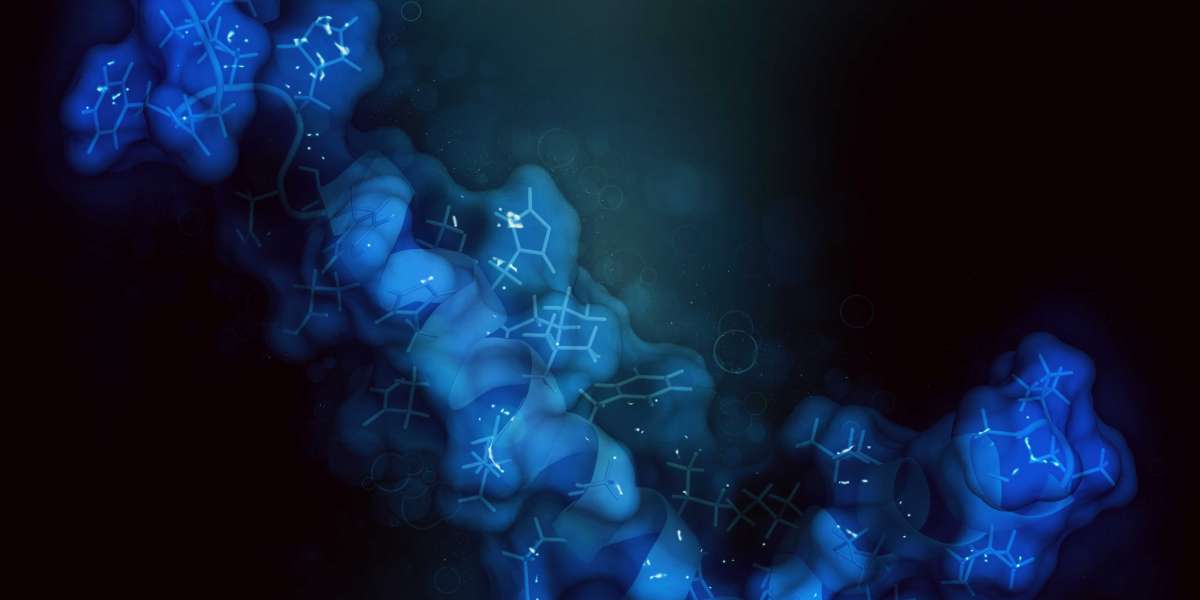PTM refers to post-translational modification, which means the covalent modification and enzymatic modification of the protein after biosynthesis. The modification can occur on the protein amino acid side chain and its C or N terminus. The expansion of the protein functions is achieved by the modification of 20 amino acid functional groups or the introduction of new groups (such as phosphate groups, acetyl groups, etc.). Most of the proteins expressed in eukaryotes undergo a series of post-translational modifications to form the final complex functional executor, so PTM has become an important aspect of proteomics research PTM can change the physical and chemical properties of proteins and then affect their spatial conformation, activity, subcellular localization, protein folding and protein-protein interactions. Due to the low content and wide dynamic range of post-translational modified proteins in the samples, the related research is extremely challenging. The combination of affinity enrichment, multidimensional separation and biomass spectrometry provides an opportunity for the development of post-translational modification proteomics.
The Types of Protein Post-Translational Modification
- Qualitative/quantitative analysis of phosphorylation sites
- Qualitative/quantitative site analysis of acetylation sites
- Qualitative/quantitative analysis of glycosylation sites
- Qualitative/quantitative analysis of oxidation sites
- Qualitative/quantitative analysis of thiolation sites
- Qualitative/quantitative analysis of glycosylation sites
- Qualitative/quantitative analysis of lipidation site
- Qualitative/quantitative analysis of acylation site
Application of Protein Post-Translational Modification
Post-translational modification plays a key role in a variety of cellular processes, such as cell division, protein breakdown, signal transmission, regulatory processes, gene expression regulation and protein interaction. Further study of protein post-translational modification is of great significance in revealing the mechanism of life activities, screening clinical markers of diseases, and identifying drug targets.








